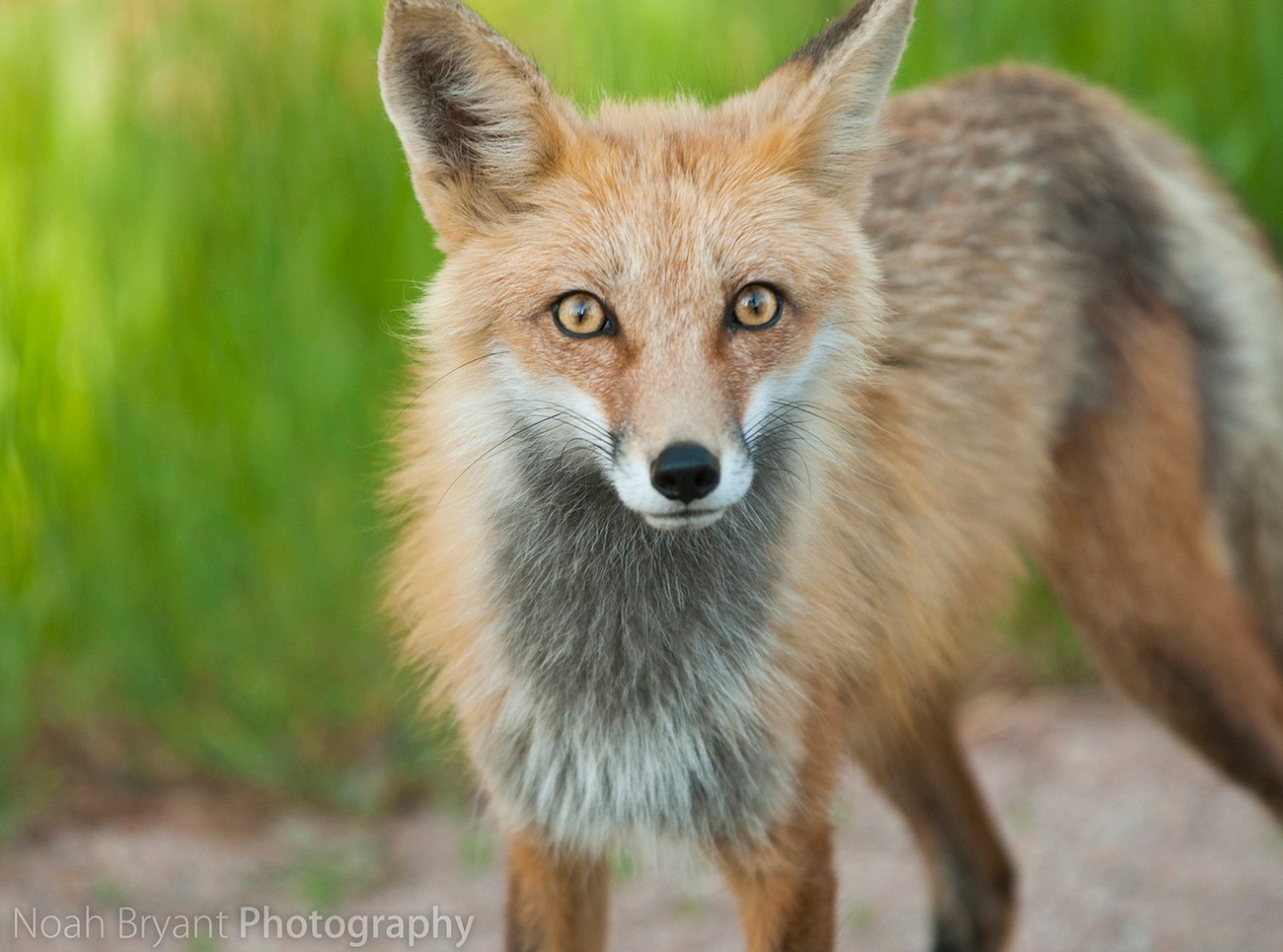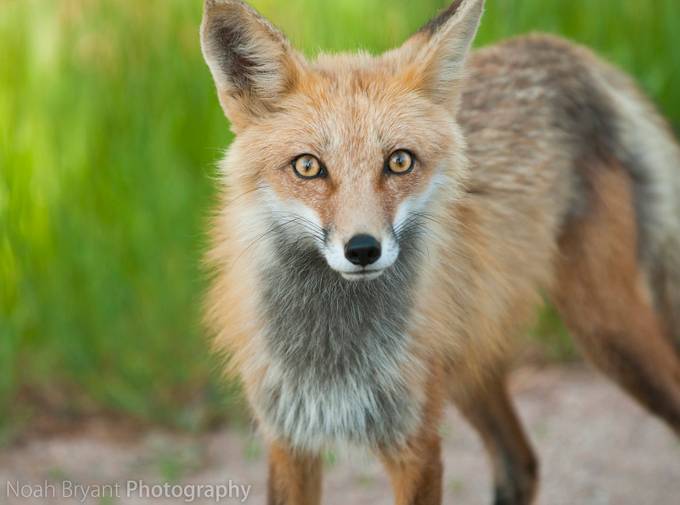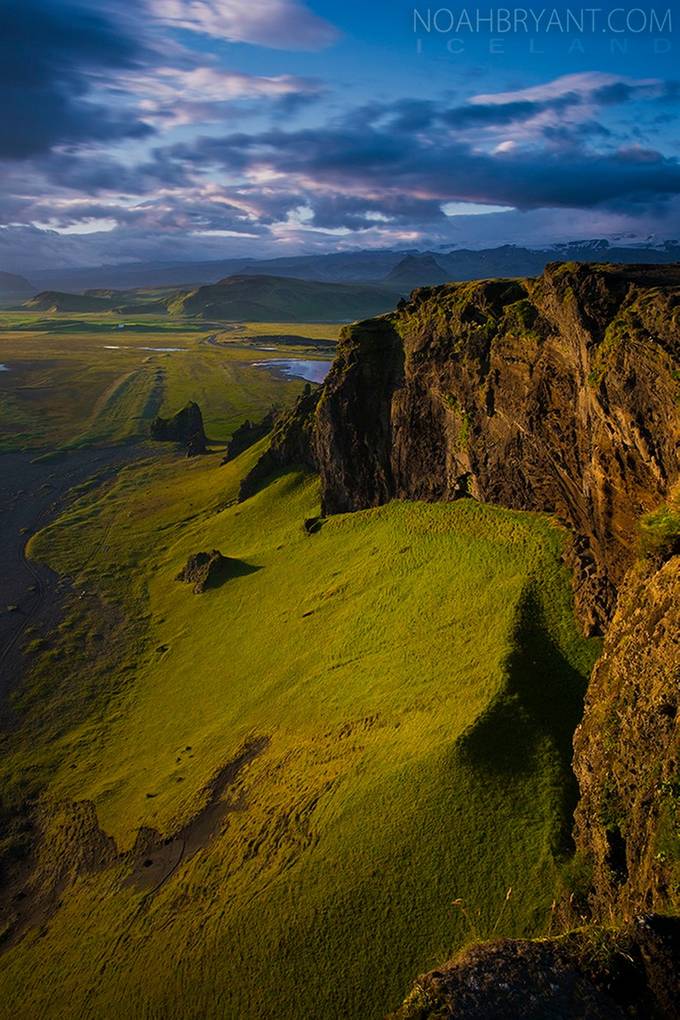Meet ViewBug community member Noah Bryant (noahbryant). Noah started as a photojournalist, and now - seven years after - he is an award-winning photographer with a lot of knowledge and wisdom. Bryant doesn't feel the need to put a label on his photography - which is mostly nature photography. We love the way Bryant is documenting Mother Earth, take a look for yourself!
What inspired you to be a photographer?
I was in middle school in about 1995 when I first started taking photographs with an SLR camera and truly learning what photography is. I can’t remember what, if anything first inspired me though. No one in my family was a photographer and I don’t remember being exposed (see what I did there?) to any kind of professional or artistic photography back then.
In high school, I took the basic photography classes that were offered but I don’t think my passion really took hold until I was 16 years old and started as a photojournalism intern at a newspaper. I was immediately and completely overcome with the need to tell a story through my photographs and started religiously looking at other great photojournalists work for guidance and inspiration.
What was your first camera and what do you shoot with today?
My first real camera was a Pentax K1000 with 50mm lens. I always shot black and white and developed the film myself in those days. Currently, my primary camera is a Nikon D810 and my backup is a Nikon D800. Sadly, I don’t even think I still have that trusty K1000.
When someone looks at your photos, what do you want them to take away from it, what are you trying to communicate? No matter what type of photography?
If I am photographing a home for sale I want people to want to buy the home. If I am photographing a scenic vista, I want them to be compelled to visit the same place themselves. If I am photographing a wedding I want the viewer to feel the love and excitement that was present on that special day. No matter what type of photography it is, the bottom line is the same: I want the viewer to feel something. Whether it be awe, excitement, pain or sadness, I want my photograph to convey emotion when mere words cannot.
What is it that you love about photography?
I am a very self-critical person. No matter how good at something I may be, I always see myself as needing to do better so I am always trying harder. Since photography is an art, there’s no such thing as perfection so, no matter what, I will always be forcing myself to improve. Unlike some art forms, photography also has a very technical and scientific aspect to it when it comes to the science and physics behind exposure and light. I am a very scientifically minded person so this appeals to me. This combination draws me to not only enjoy photography but to always improve as a photographer.
What has photography done for you?
It’s given me opportunities to see and do things that very few people on earth have experienced. Whether beautiful, tragic, exciting or terrifying I have seen some amazing things that have changed me for life. It’s also almost gotten me killed a few times.
Do you try to be conceptual or do you prefer to show the feeling behind a photo?
I had to look up what conceptual photography was because I had no idea. I don’t really pay attention to things like labels and wouldn’t have any clue what label to give myself. I recently discovered there was a new label that people use for depth of field. I won’t say it out loud but it starts with a B and drives me nuts.
That said, after looking up what conceptual photography was and I’m pretty sure I don’t do that. It’s rare that I go into a shoot with a plan for what I want the photo do be or what emotion I want to convey. To me, I am simply documenting something that is already there. My up-bringing as a photojournalist left a strong impression in me that I am not creating the content of the photograph, just documenting what already exists. It’s difficult for me to break out of that box, but sometimes I do manage it. When I do have a plan it’s even more rare that it actually goes the way I wanted it to. I am really just using the plan as a way to get myself in the right spot at the right time then hoping my ‘eye’ sees something special.
How do you describe your style?
It depends, of course, on what I am photographing but since I think I am most known for my fine art nature photography I will keep my answer limited to that. The thing I am proudest of when it comes to my nature photography is something that is, unfortunately, impossible to convey online. My pieces are very large and very detailed. Two things that are often kept separate in photography. For the tech minded people out there, they are usually in the order of hundreds of megapixels and a couple are even over a gigapixel.
I have one piece that is about five or six feet wide and about two feet tall. It’s a nice little creek with flowing water and green moss. After someone has been looking at it for a while, I will ask them if they noticed the mosquito and they never have. Sure enough, on one of the rocks towards the center of the photograph you can clearly see a mosquito. I want people to be able to examine my piece, literally for hours getting lost in the exquisite detail.
If you had to choose one lens which one would it be and why?
There are two that come to mind. Either my 85mm f/1.8 or 300mm f/2.8. Both lenses have served me well in their incredible clarity and depth of field. I have yet to find a zoom lens that offers this level of clarity and avoid zooms lenses whenever possible.
What are your 3 tips for others who want to become better photographers?
I absolutely love to teach photography so I could go on forever but if I had to limit it to just three they would be as follows.
1. Always use manual settings. Autofocus is okay as long as you’re not letting the camera decide what is in focus. To me, letting the camera decide is not true photography. Photography is about using and controlling light and the photographer needs to be then one deciding how to use and control light, not an algorithm. Cameras are great at automatically getting the average exposure and getting as much of the frame as possible ‘properly’ exposed but that’s rarely what you actually want. Yes, in the beginning, you will miss a lot of good shots but those missed shots and the experience you take away from them are what make you become a great photographer instead of just an average one. Learn about the light. Really learn about it. Learn the physics of it, learn about color temperature, and learn how the camera interacts with it. Learn why what your eyes see and what the camera sees is never the same thing so you can take control of it.
2. Take a lot of pictures. Hundreds. There is one photograph in particular that took me four 110 mile trips and probably 100 or so photos each trip to get to where I was happy with it.
3. Look at the work of other photographers every chance you get. You will take small things away from each photograph you admire and eventually form your own style. If a photograph you love employs a technique you’re not sure of, learn how the photographer did it and try it yourself, maybe with your own spin on it.
Have you received negative feedback from your work? What did you do about it?
Certainly, but it’s pretty rare. Photography is an art and by its very nature there will be people that really connect with your photograph and people who do not. If someone doesn’t like my photograph it’s rarely a statement against my abilities, or technical skills but simply one person’s style differing from my own. Viewed that way, it’s pretty hard to take personal offense. That being said, one of the more common criticisms that I see is also one that I do take rather personally. It is when people question that the photo is, ‘real.’ With my upbringing in photojournalism I have a very strong tie to my own personal beliefs of how it is acceptable to edit a photograph in the computer. Those beliefs are mostly tied to the days of film photography and what things were possible to do in-camera or in-lab. When someone questions the photograph being ‘real’ they are directly questioning my own personal integrity, even though they probably don’t realize it.
However, what I have determined, in my own mind, is the acceptable limits to Photoshop editing are not the same as everyone else. There are some people who refuse to edit the photograph in any way once it has been recorded by the camera and others who feel they can do anything whatsoever. So even that particular criticism is quite subjective, and, knowing that I didn’t violate my own personal ethical boundaries, I can take the comment as a compliment even if it’s not meant that way.
Where did you learn to take photos?
As with all of us, I don’t think there’s any one place. I learned the basics like depth of field, exposure and composition in my high school photography class. The rest I learned on my own one way or another. Aside from high school though, I’m mostly self-taught.
Raw vs jpg and why?
Absolutely RAW. The main reason for this is also the main thing I love about digital photography: color temperature. I only rarely have to consciously think about color temperature when shooting RAW because it can easily be corrected after the fact. Gone are the days of tungsten film or putting gels over lights to get the right balance.
What do you carry in your camera bag?
Since it depends on how far I need to carry the camera bag I’ll list the things I never go without:
Circular Polarizer Filter
Neutral Density Filter
Gels (even though it’s rare I use them they are weightless and take up no space).
Tripod
At least one telephoto lens
At least one wide angle lens
Batteries
At least two speed lights and corresponding remote triggers
Lens cloth
Black cardboard (used for dodging and burning during the initial exposure)
If you could have the gift of a great photographer who would it be and why?
There’s no single photographer whose gift I would like to take. To me, the ‘photographic eye’ is something that belongs to the individual and cannot be deliberately changed into something else. It changes, slowly, over time, as the individual changes. I’ve never looked at another photographer’s work and wished I could see the world through their eyes.
When it comes to specific photographic techniques, I can’t think of any one process that is only incorporated by a single photographer. Just like no one painter can own a certain type of brush stroke. The technique, which can be learned, is simply a means for the photographer to convey what they saw with their ‘photographic eye’ which I don’t think can be forcibly learned.
What is the most common mistake you see people making when shooting these days?
Aside from what I mentioned already about photographers letting the camera make decisions for them, one thing that I notice a lot is a lack of editing. I’m not referring to Photoshop editing but editing which photograph to share in the first place. I am a member of several online photographer groups and will often see a photographer post a series of photographs that are essentially the same. Taken at the same time and subject, but with slightly different angle or maybe different lighting. I feel this dilutes the greatness of the photograph. Choose the one that you like best and just share that one. Of course keep the rest, but in most situations it makes much more of an impact to just share one at a time.
What is your dream location to shoot?
For many years I dreamed of photographing Iceland until this year I finally made it up there. I still feel like I only barely nicked the surface of that breathtaking place and am planning to go back (hopefully soon). I don’t have any single place I want to go more than others but the Caribbean is on my list along with Hawaii, Switzerland, New Zealand and Japan.
How do you decide on where to shoot a photo?
Geographically, I use Google Earth to explore an area looking for places I want to visit. It has a great feature that will show you pictures that people have taken in the area so you can see what a place looks like from the ground. Once I get to the general area I want to explore, I simply drive around or hike until something catches my eye.
What is next for you? Any planned adventures with your camera?
Most of my photo trips are pretty spur-of-the-moment. I don’t have a ‘day job’ to have to contend with so as soon as I get a little bit of money burning a hole in my pocket I pick a place and go.
What is your goal with your photography?
For viewers to make an emotional connection to my work or to inspire them to take some action when they otherwise wouldn’t have.
We are sure very inspired by Bryant’s photography! For more of his nature photos make sure to visit his profile and his website.














